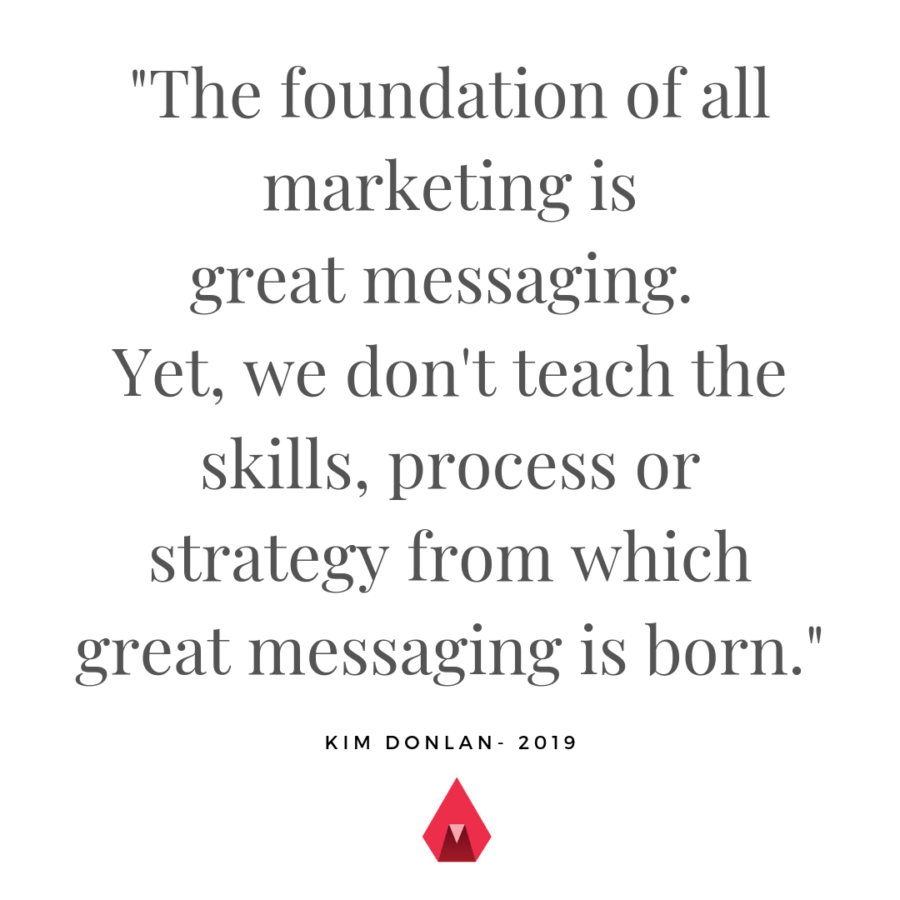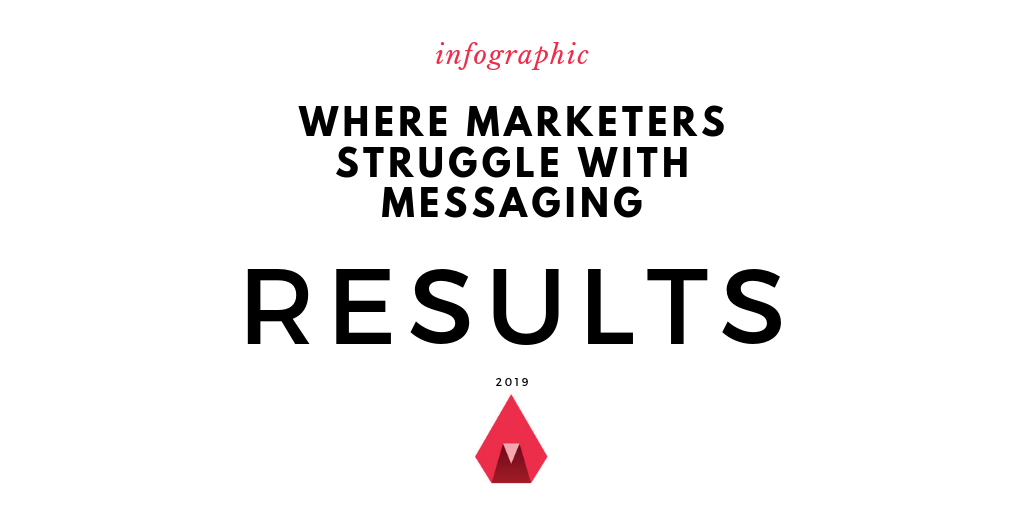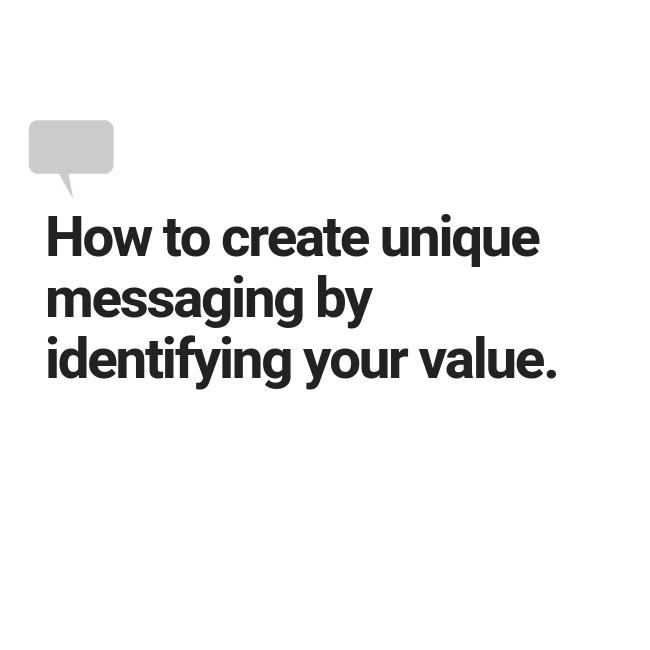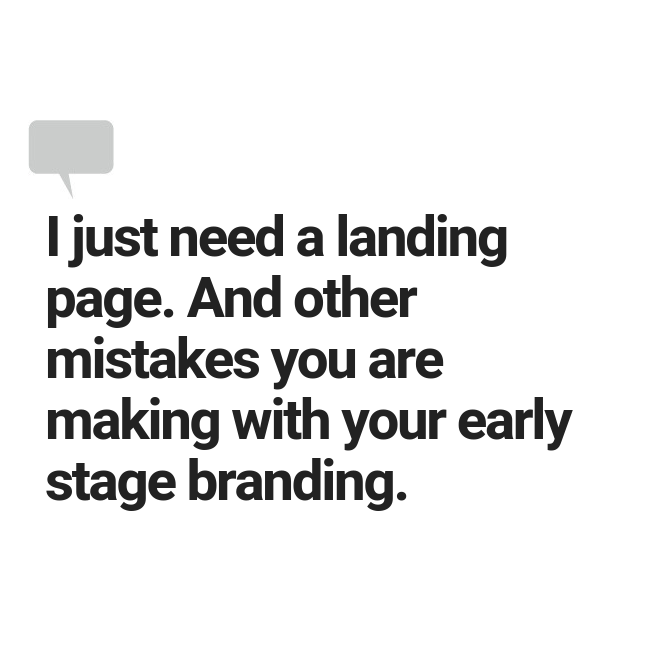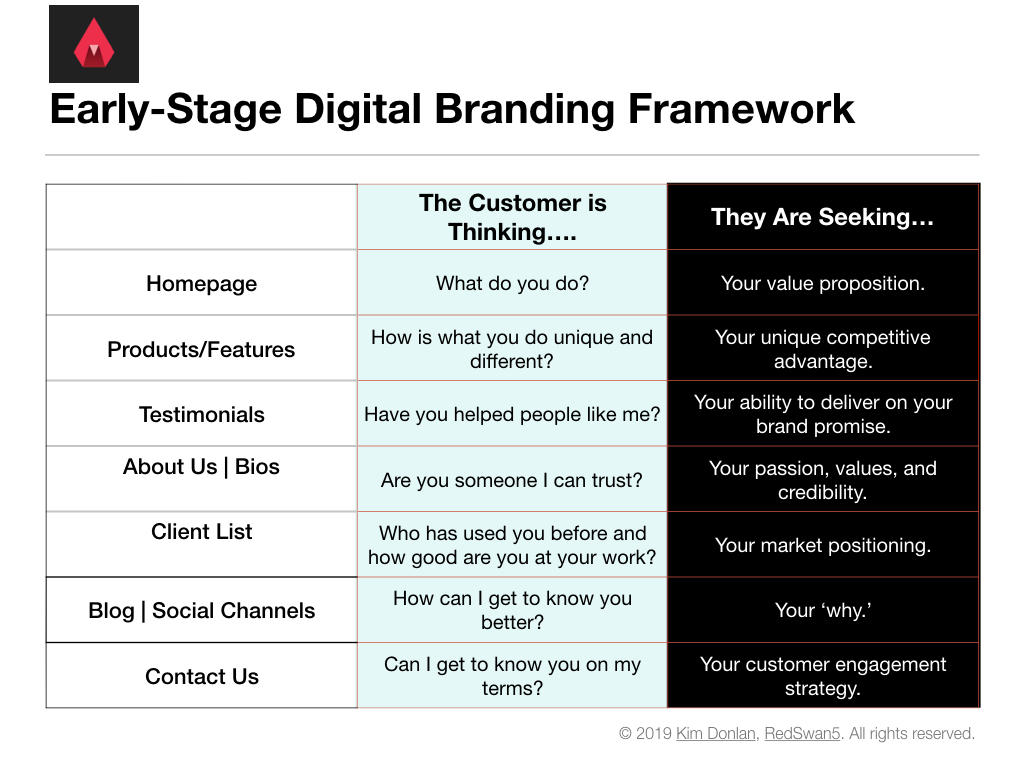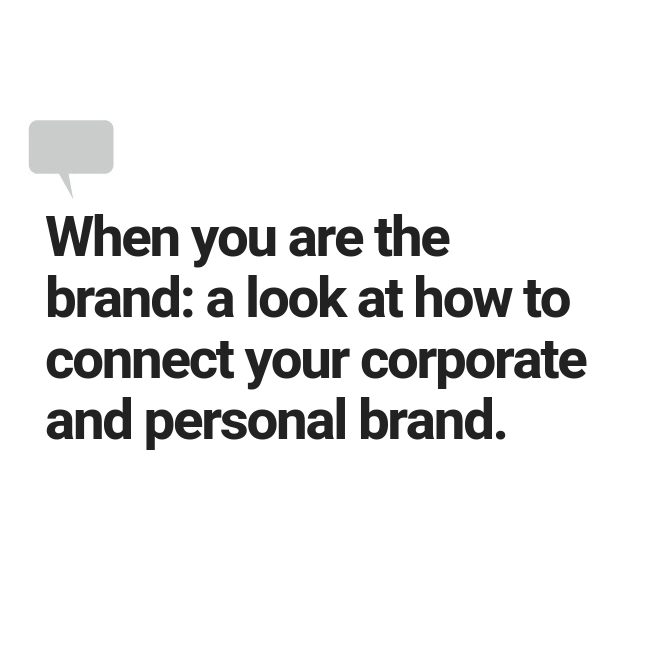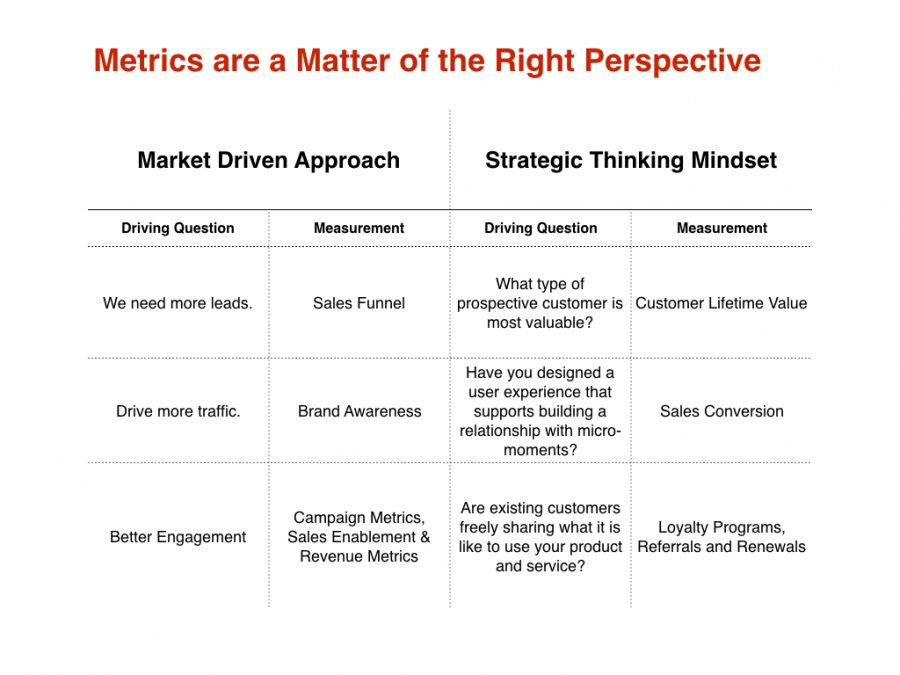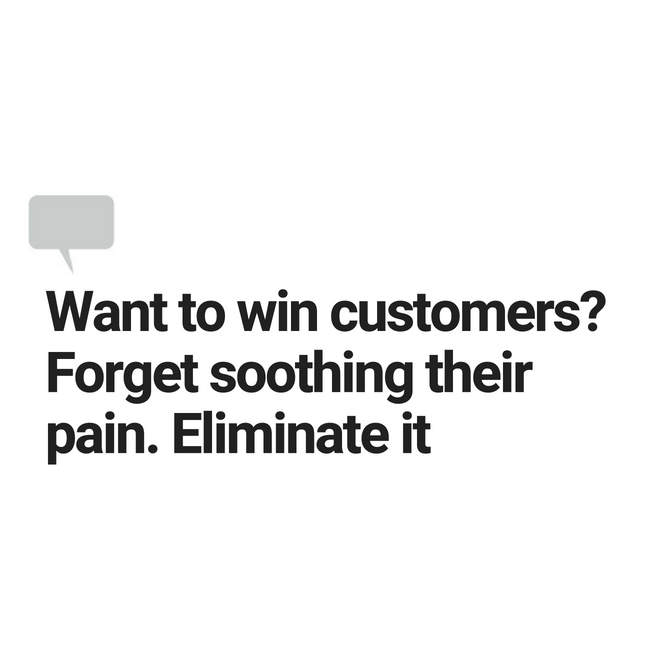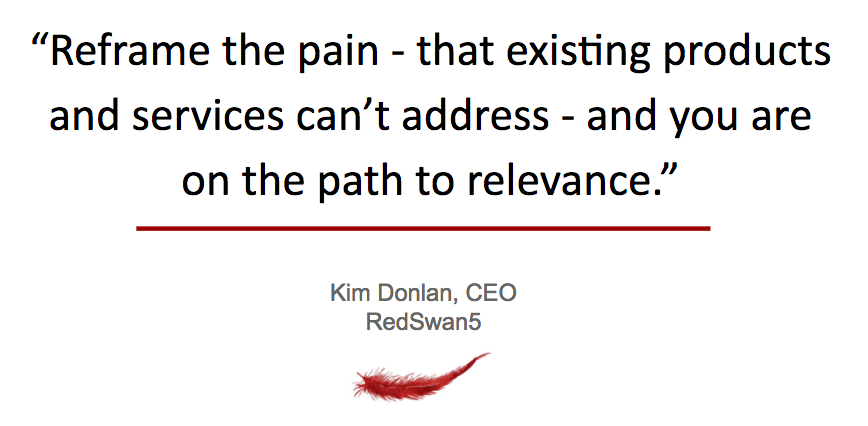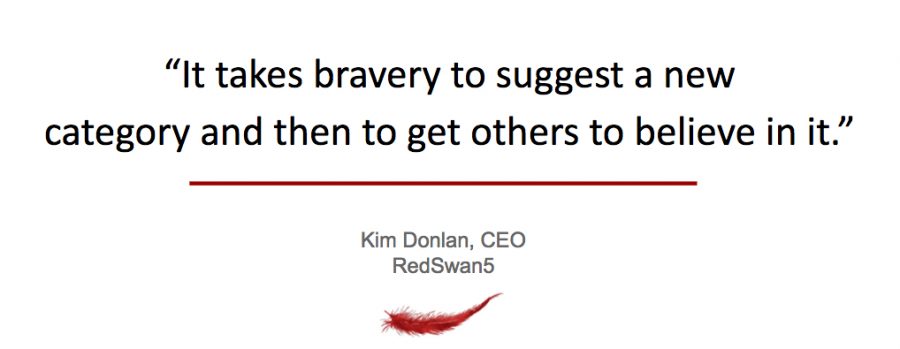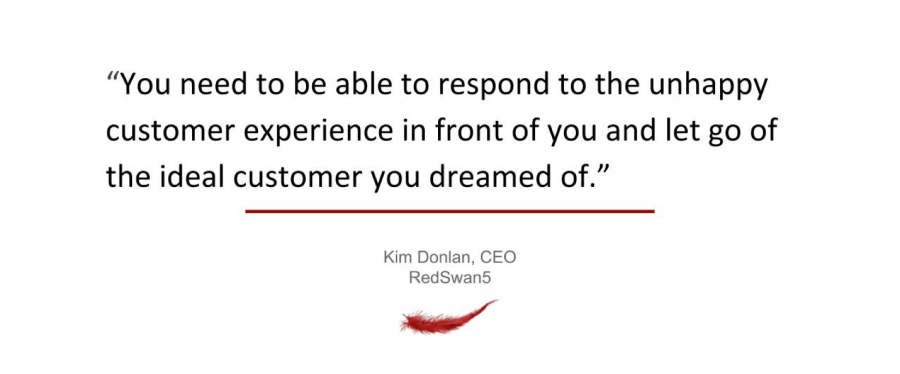Recently, I had an opportunity to help my mentor with her latest startup and create a unique message that would connect with the right audience. Over 20 years ago, I met Lois Lindauer, one of Boston’s most successful women CEOs, when I joined The Commonwealth Institute. Lois had sold Diet Workshop and was just starting her second business, Lois L. Lindauer Searches. In a sea of conservative-chic trailblazers, Lois had this creative flair. I, the digital, email, web-conferencing maven, immediately connected with Lois, whose mantra was “Why don’t you come in and we can talk face to face?”
Look to the founders for clues to create unique messaging
Back then, I was razor-focused on raising money and closing early customers for my marketing software firm, Perfect Pitch. When I say razor-focused, I mean head-down, nothing else matters, if I can just do this, please God, I won’t ask for anything else kind of focus. The bursting of the tech bubble put an end to that particular dream. In many ways, it should have put an end to the relationship I had with Lois Lindauer. It didn’t.
Now and again, I would email Lois with questions on how to pivot my own businesses or the VC-backed tech firms I was leading. Out of deep respect, I didn’t ask often. Each time, she would insist we meet. Her advice was always insightful, thoughtful and wise. And right.
Lois and I are both relentless entrepreneurs. From her, I learned to give people time and advice whenever they asked. When I got a call in November, Lois was now the razor-focused woman looking to capitalize on her small business selling postcards on Etsy. A small project had morphed into a potential business. It was time to create unique messaging that would connect with the right audience.
A simple framework to create unique messaging
It happens to many founders and executive teams. Creating a unique message that connects is hard. It’s there, but each time you try to articulate it, you ramble on and on. An explanation of WHAT you are offering can be trapped inside the reason WHY you are offering your products and services. The struggle with the messaging problem is a conflict between the WHAT and the WHY. If you can’t connect the WHAT and the WHY, it becomes difficult to create messaging that matters to your audience.
For founders with an idea chasing funding and customers and VC-backed teams disrupting a market, defining the messaging framework is key. You often need a framework to uncover the link between WHAT and WHY. As I wrote about in my article “I Just Need a Landing Page” and Other Mistakes You Are Making with Your Early-Stage Branding, there are discovery questions that can help get you thinking about this connection. To further that thinking, here are the two principles I keep in mind when creating unique messaging that connects:
- Messaging is the ability to communicate your unique value.
- Your unique value is always a core principle of you, as a person, or your team, as a collective.
Here is an example of the two principles at work in the case of Lois Lindauer and Keep Me Posted Postcards.
Creating unique messaging is the ability to communicate your unique value.
There has been a resurgence of direct mail and postcards in particular. People are reading postcards in greater numbers, with a 3.9% year-over-year increase (USPS Household Diary Study). Postcards have a 5.7% response rate (DMA) and, when combined with other methods, increase branding efforts. And 57% of customers feel more valued when they receive a postcard. (The Private Life of Mail Study). For example, when we conducted our consumer insight and SEO research, we found that people struggle with how to follow up after meetings, networking functions, and other events.
Clearly, Lois’s unique value is that her business allows customers to grow their networks and businesses using postcards and sign up for tips on what to actually write on the postcards. This is a unique value. This could be core to creating unqiue messaging that connects. But is it enough?
Your unique value is always a core principle of you or your team
Your target market is critical and oh-so-hard to nail. Everyone can benefit, but which market is the easiest to enter? For personal postcards that help a business grow, it made sense to think about salespeople, consultants, freelancers, business development folks and small-business owners. We then looked at Lois’ philosophy and history of supporting women. This led to insightful consumer research that reveals that:
- Women have a tendency to harbor moral concerns about “exploiting” social ties. It causes them to under-benefit from networking activities (Science Daily Press Release)
- And “women build less effective professional networks than men as they underestimate self-worth.” (Science Daily Press Release)
So we have a unique value (personalized postcards that can help networks and businesses grow). And a target market (women consultants, small-business owners, freelancers, and sales/business developers).
When we really look at the products (postcards) and the service (the tips for what to say to stand out, grow your business and add to your marketing toolkit), there is a clear WHAT. But we still need the emotional connection. Many marketers and entrepreneurs skim over this step. It’s understandable. It involves getting to the root of WHY you? Why choose Keep Me Posted Postcards over MailChimp or Moo? How do you think about creating messaging that is the right emotional balance.
Finding the emotional connection
For Lois, the emotional connection is the value of lifelong, personal relationships that are the direct result of meaningful, thoughtful interactions. A handwritten note, a personal message, or a face-to-face meeting can have a lasting impact. The personal postcards are a tangible reminder that in this digital world, human connection is extremely important. Human connection is what built Lois’ deep network and success. Her new business is a way of sharing her know-how with others.
Entrepreneurs struggle to create unique messaging when they can’t see their businesses as a direct extension of who they are. Customers and prospects respond positively to those who are clear about what they care about. And they really respond when they know you care about them.
